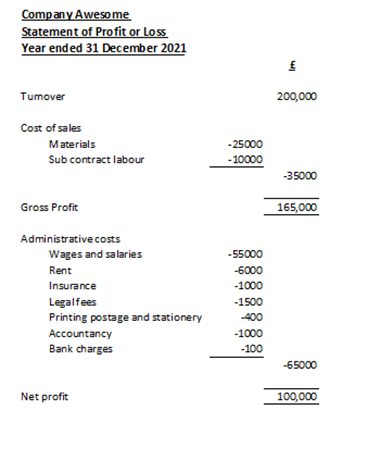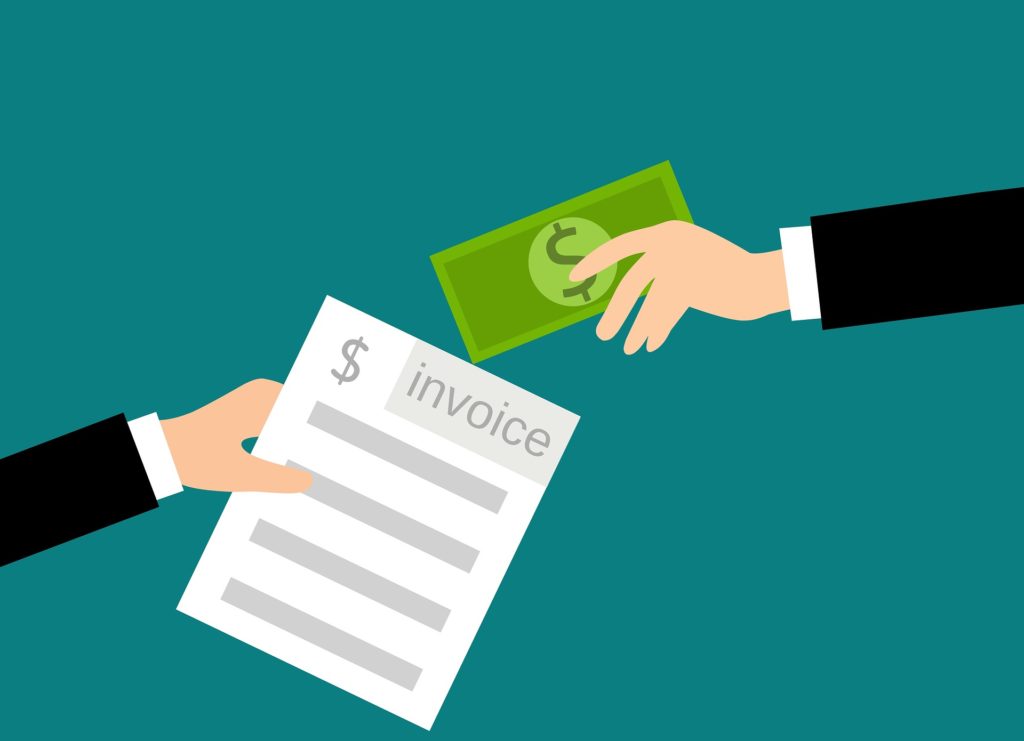I’m sure a good number of us have been in a position where we go to a garage for our cars and the mechanic is talking about everything that’s going wrong with them and explaining all the things they’re checking on the car and we just nod along and pretend we know what they’re talking about, whilst really we understand so little of what they’re saying that they might just as well be speaking a foreign language! But at the end of the day the mechanic fixes our car and we’re able to drive around safe in the knowledge that someone, who knows far more about the vehicle, has checked it and deemed it safe to drive.












